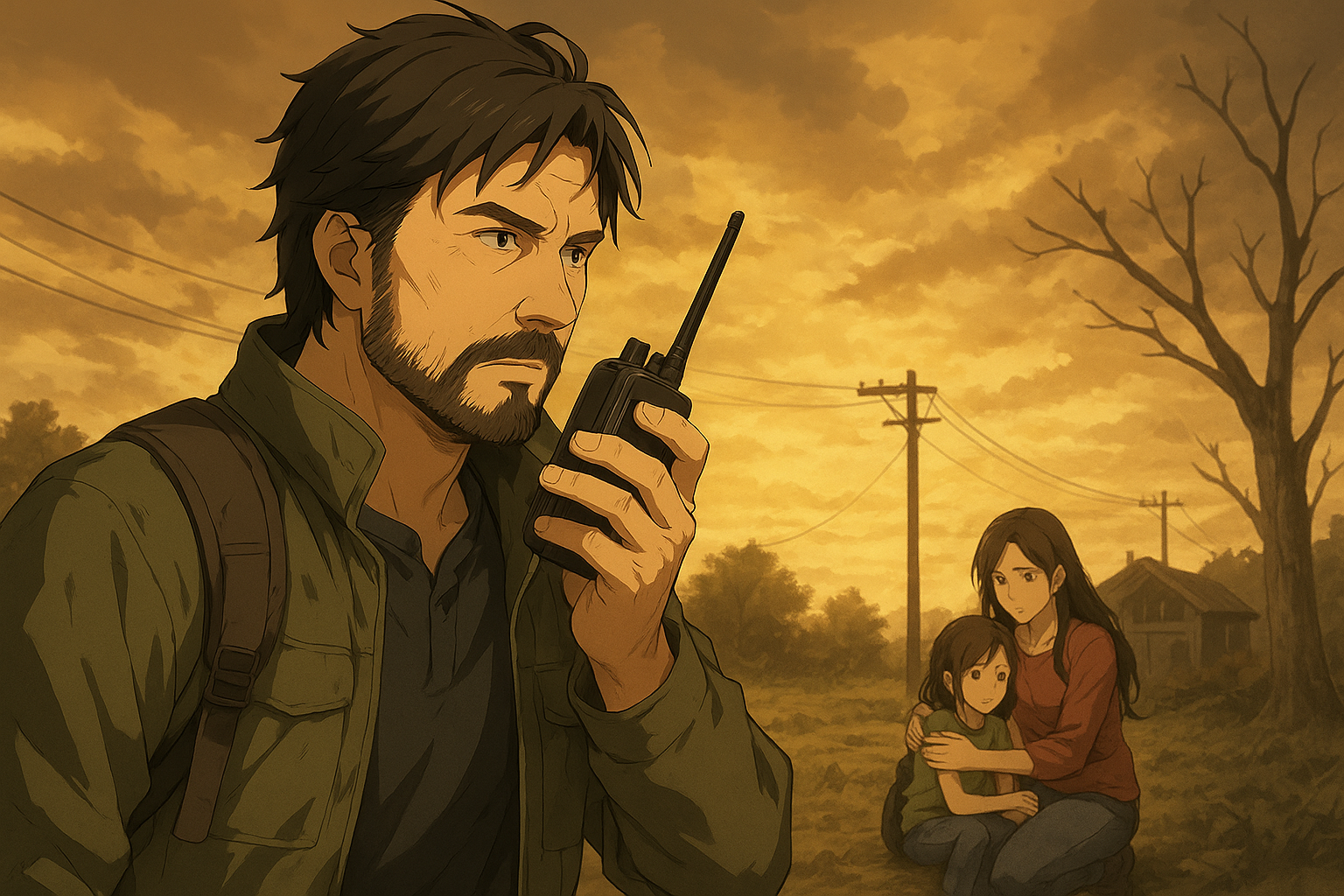When disaster strikes, communication can mean the difference between safety and chaos. Imagine the power lines are down, the internet’s gone, and mobile networks are overloaded — what do you do? A well-built family communication plan can keep everyone connected even when the world feels cut off.
📞 Step 1: Establish a Communication Tree
A communication tree ensures everyone knows who to contact first. Assign one family member as the “central hub” — the person responsible for relaying updates. If one link in the chain breaks, the others still know the plan. Write it down, and make sure every family member memorizes at least two key numbers.
Tip: Choose one contact outside your immediate area. During large-scale emergencies, local lines may fail, but long-distance connections can still work.
🗺️ Step 2: Plan Multiple Communication Channels
Don’t rely on a single method. Include:
Two-way radios or walkie-talkies for short-range use.
Satellite phones if you live in remote or high-risk areas.
Emergency apps (like Zello or Life360) that can work offline or in low-signal conditions.
Whistles or visual signals for silent communication in dangerous situations.
Every family member should know where to find and how to use these tools.
🧭 Step 3: Set “Rendezvous Points”
If communication completely fails, your family must know where to regroup. Designate two meeting points — one near home and one far away (in case your area is unsafe). Review these locations regularly, and make sure each person can navigate there without GPS.
🧠 Step 4: Practice “Information Discipline”
In an emergency, false or conflicting information spreads quickly. Decide who verifies facts before acting. Avoid panic-driven decisions — your goal is calm, controlled coordination.
⚡ Step 5: Review and Refresh the Plan
Every 6 months, simulate a communication breakdown. Turn off phones, cut the Wi-Fi, and see how long it takes your family to reconnect. These dry runs build instincts — and confidence — for real crises.
Having a plan is only half the battle; practicing it makes it real. In a world where chaos can strike without warning, a strong communication plan ensures that no matter what happens — your family is never truly disconnected.

